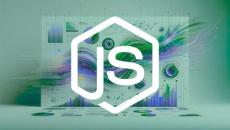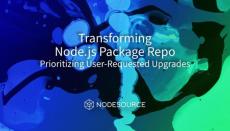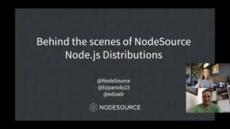Amazon Web Services, the “Powered by AWS” logo, and AWS Lambda are trademarks of Amazon.com, Inc. or its affiliates in the United States and/or other countries.
Amazon Web Services, the “Powered by AWS” logo, and AWS Lambda are trademarks of Amazon.com, Inc. or its affiliates in the United States and/or other countries.
- March 2024 (2)
- February 2024 (2)
- December 2023 (1)
- November 2023 (2)
- October 2023 (2)
- August 2023 (2)
- July 2023 (2)
- June 2023 (2)
- May 2023 (1)
- April 2023 (3)
- March 2023 (1)
- February 2023 (2)
- January 2023 (4)
- December 2022 (1)
- October 2022 (4)
- September 2022 (2)
- August 2022 (3)
- July 2022 (7)
- June 2022 (2)
- May 2022 (2)
- April 2022 (1)
- March 2022 (3)
- February 2022 (4)
- January 2022 (3)
- December 2021 (2)
- November 2021 (2)
- October 2021 (1)
- September 2021 (1)
- August 2021 (4)
- July 2021 (3)
- May 2021 (1)
- March 2021 (2)
- February 2021 (3)
- January 2021 (1)
- December 2020 (3)
- November 2020 (2)
- October 2020 (1)
- September 2020 (6)
- August 2020 (2)
- July 2020 (1)
- June 2020 (2)
- May 2020 (5)
- April 2020 (5)
- August 2019 (1)
- July 2019 (4)
- August 2017 (2)
- February 2017 (1)
- October 2016 (2)
- October 2015 (4)
NodeSource empowers organizations to successfully design, build, and manage Node.js applications and compete in the modern digital era.
The NodeSource product suite is built around the N|Solid runtime, a drop-in replacement for the Node.js runtime that offers low-impact performance monitoring and enhanced security. Alone or alongside our Professional Services and Support offerings, the NodeSource platform helps to mitigate security risk and provide deep operational visibility into mission-critical applications.
The N|Solid platform delivers enhanced security and unparalleled visibility into application performance and health. Customizable security policies and real-time vulnerability scanning of third-party JavaScript modules running in production help protect code against malicious attacks. Detailed application metrics help teams identify issues sooner, reduce time to resolution, deliver peak performance, and keep infrastructure costs under control.
Why N|Solid?
- Faster Time to Resolution: The most advanced Node.js monitoring and diagnostic tools to help identify and tackle tricky issues.
- Stronger Infrastructure: Deep performance insights help you build highly reliable applications and minimize infrastructure costs.
- Hardened Security: Mitigate unseen security risks with custom security policies and real-time vulnerability scanning.






















